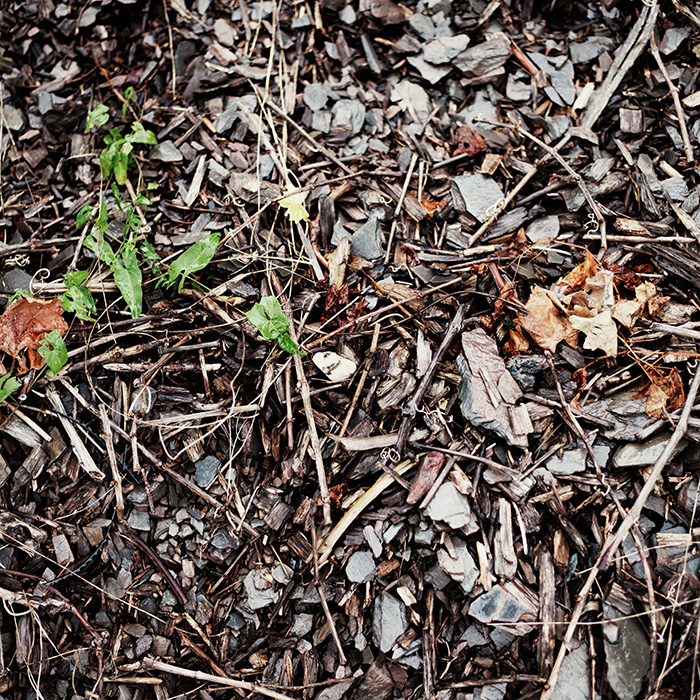Germany: the home of Riesling
Author: Berry Bros. & Rudd

Due to its ability to express terroir and its susceptibility to noble rot, Riesling is a grape that yields a vast array of wine styles. Here we look at the grape’s native home, Germany, in an extract from our introductory book, Exploring & Tasting Wine.
Riesling’s identity was forged in the steep valleys of western Germany. On the terraces above the rivers Rhein and Mosel (‘Rhine’ and ‘Moselle’, as they were anglicised) the grape variety was prized as early as the Middle Ages. It was – and is – given the top sites: the sunniest slopes. Here, it makes the best wines Germany can offer: some of the finest white wines in the world.
These valleys are a long way north – Koblenz, where the two rivers meet, is at 50.30ºN, a hundred miles (160km) further north than chilly Champagne, and about the same latitude as the Isle of Wight on the south coast of England. In Germany, this means cool summers and harsh winters: sunlight to ripen the grapes is at a premium.
Successful German vintages – those where the Riesling ripens properly – used to happen once or twice a decade. Recently, the success-rate has shot up to perhaps seven years out of ten. Is this climate change? Or better viticulture and choice of vine clones? Only time will tell, but meanwhile there are many more fine Riesling bottles to enjoy.
THE MOSEL
The best spots for vines in these northern valleys are the south-facing slopes, tilted into the sun (much as a solar panel is aligned on a roof-top). As the Mosel meanders through the wooded hills of the Eifel, it has cut a deep valley. The curves shown on the map mean that sometimes the left bank, sometimes the right is best exposed to the south – so there is nothing as simple as a ‘right bank/left bank’ contrast in the wines.
There is more to the Mosel than slope and aspect, crucial as they are. The soil (see picture) makes a major contribution: slate is the best, and some of the top vineyards resemble nothing so much as a slate quarry: the vines poke out of a steep scree-slope of blue-grey fragments. This slate provides excellent drainage, plenty of reflected heat and (maybe it is just association of ideas?) a stony, steely, slaty note in the wine.
As well as Mosel, you will also see the names Saar and Ruwer – these are tributaries of the main river. The top wines come from the valleys of the Saar and the Mittel (middle) Mosel. The source of the grapes, the vineyard, will be on the label, along with (in bigger type, usually) the name of the estate or grower. The village is sometimes missing, as the vineyard is supposed to speak for itself.
The word ‘Riesling’ will be relegated to the back-label, if it is there at all. The assumption is that this is the grape that s grown. As in many fine-wine districts, getting to know the names of the best growers is the route to the finest bottles: some estates have track-records dating back eight centuries.
THE RHEINGAU
The Rheingau was, historically, the region’s top wine district. Here, the great river makes a helpful jink in its mostly south-to-north flow, and runs east-west. The Taunus hills rise up on the north bank, providing a splendid sweep of gently-tilting vineyard sites, with Riesling predominant.
Look out here for names of the great, venerable estates: Schloss Johannisberg, Schloss Vollrads. The villages with the best reputations are Rüdesheim, Oestrich, Hallgarten, Erbach and, off to the east, Hochheim – which claims to be the source of the word ‘hock’: Victorian English for Rhine-wine (Queen Victoria was a fan).
THE REST OF GERMANY
Every German wine region grows Riesling: the Pfalz specialises in drier wines, rich and balanced. Rheinhessen, like the Pfalz seeing a revival in estate wines, has a growing name for long-lived, intense Rieslings; the Nahe is known for delicate wines from Mosel-like steep slopes.
Other German white grapes include Silvaner, the signature grape in Franken. The Pinots Gris and Blanc – Grauburgunder and Weissburgunder on the labels – do well in the Rheinhessen and in Baden in southern Germany, where the climate is akin to that of Alsace. And – as noted below – German red wines are increasingly common, and good.
Browse our complete selection of German wine here.


